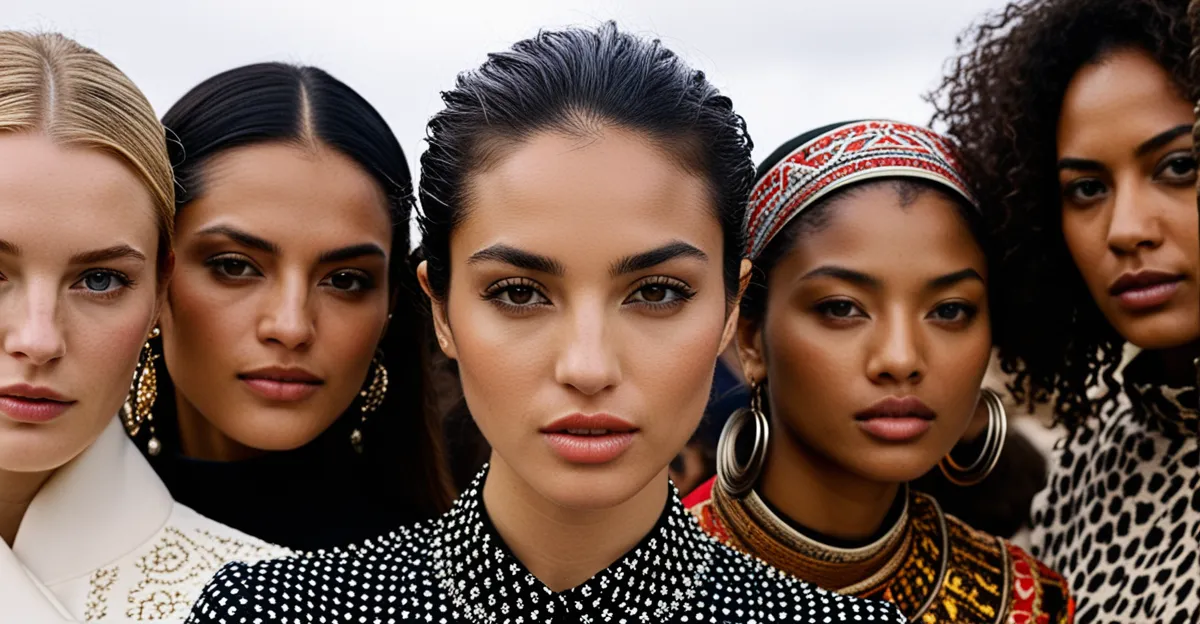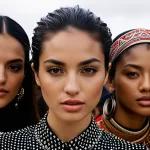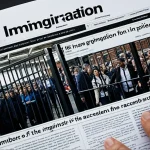Exploring Cultural Diversity in UK Women’s Fashion
Cultural diversity profoundly shapes UK women’s fashion, reflecting the nation’s rich multicultural society. This diversity fuels a dynamic fashion culture where traditional styles from various communities blend seamlessly with contemporary British trends. UK women’s fashion vividly showcases influences drawn from South Asian, Afro-Caribbean, Middle Eastern, and Eastern European cultures, among others.
A historical lens reveals how immigrant communities have introduced fabrics, patterns, and garments that enrich everyday wear. For example, vibrant prints from Afro-Caribbean culture and intricate embroidery from South Asia contribute to the evolving tapestry of UK women’s clothing. Urban centres, such as London, Birmingham, and Manchester, act as cultural melting pots where diverse fashion cultures converge, fostering innovation and distinctive community style.
This might interest you : How Does UK Women’s Fashion Impact Your Personal Style Choices?
These multicultural influences become visible not only in high fashion but also in streetwear, where women mix heritage-inspired attire with British staples. This ongoing interplay between cultural identity and UK women’s fashion underscores the importance of embracing diversity, enabling personal expression and inspiring new trends within the fashion culture. By recognizing and valuing multicultural contributions, UK women’s fashion continues to thrive as a vibrant reflection of society.
Influences of Global Communities on British Women’s Style
Cultural diversity within UK women’s fashion thrives through vivid global fashion influences that shape community style across Britain. South Asian, Afro-Caribbean, Middle Eastern, and Eastern European communities significantly contribute to this dynamic. Their traditional garments—such as South Asian sarees and kurtas, Afro-Caribbean colorful prints, Middle Eastern kaftans, and Eastern European embroidered blouses—introduce distinctive textures and motifs into British wardrobes.
Topic to read : Boho & chic: effortlessly elevate your style and space
This blend results in a creative fusion, where classic British tailoring meets vibrant ethnic textiles and designs. For example, a modern blazer might be paired with Afro-Caribbean wax prints, showcasing a seamless melding of two traditions. Contemporary designers increasingly embrace these multicultural inspirations, crafting collections that honor heritage while innovating for today’s fashion culture.
Prominent brands and emerging designers highlight how multicultural influences drive the evolving UK fashion scene. By integrating traditional crafts with modern cuts, they produce garments appealing to diverse audiences and urban markets.
Urban centres remain crucial as hubs where community style flourishes. Here, multicultural influences visibly shape both high fashion runways and everyday streetwear, reflecting the rich complexity of British cultural identity through style. This ongoing dialogue between tradition and innovation underscores the vibrant role of global influences in UK women’s fashion.
Navigating Cultural Appropriation and Appreciation in UK Fashion
Understanding the fine line between cultural appropriation and cultural appreciation is essential in UK women’s fashion. Cultural appropriation occurs when elements of a culture—especially those of marginalized groups—are used without respect or understanding, often leading to misrepresentation. In contrast, cultural appreciation involves recognizing and valuing cultural origins respectfully and collaboratively.
Recent UK fashion debates spotlight instances where traditional garments or symbols were adopted insensitively, igniting controversy. For example, using sacred patterns purely for aesthetic gain can harm communities by trivializing their meanings. On the other hand, ethical fashion brands and designers prioritize collaboration with cultural custodians, ensuring authenticity and proper credit. This practice not only fosters respect but enriches fashion culture through responsible storytelling.
The industry’s response includes open dialogue and increasing awareness of representation. Fashion shows, exhibitions, and media now increasingly highlight voices from diverse backgrounds, promoting cultural appreciation over appropriation. Consumers and designers alike are encouraged to think critically about the origins of their styles, choosing to support brands that ethically integrate multicultural influences.
By focusing on ethical fashion practices, UK women’s fashion can celebrate diversity authentically, balancing innovation with cultural sensitivity.
Visual and Historical References in Multicultural UK Fashion
Multicultural influences have left an indelible mark on the historical fashion landscape in the UK. Key moments in UK fashion history demonstrate how diverse communities contributed iconic garments and prints that became symbols of cultural fusion.
For example, the 1960s saw South Asian-inspired paisley prints gaining popularity in British fashion, while Afro-Caribbean textiles introduced vibrant color palettes and bold patterns during the 1980s. These elements enriched UK wardrobes, transforming silhouettes and fabric choices. Similarly, Middle Eastern kaftans brought elegant draping styles, influencing contemporary evening and casual wear alike.
Visual UK multiculturalism is evident in street fashion, where traditional motifs merge with modern cuts. Urban centres remain hotspots for this blending, with community-driven style evolving through generations. Styles incorporating Eastern European embroidery or African wax prints appear alongside classic British tailoring, reflecting both heritage and innovation.
This ongoing evolution highlights fashion history’s dynamic nature, shaped continuously by cultural exchange. Such influences challenge and expand mainstream fashion, offering a richer visual vocabulary rooted in multiculturalism. By understanding these historical fashion references, we appreciate how UK women’s fashion remains a vibrant tapestry woven from diverse cultural threads.








